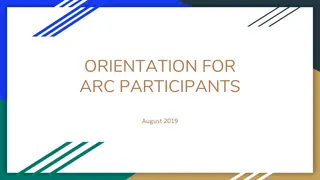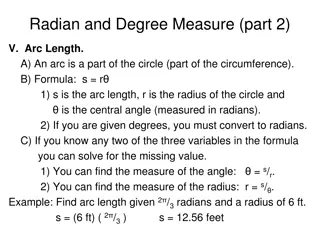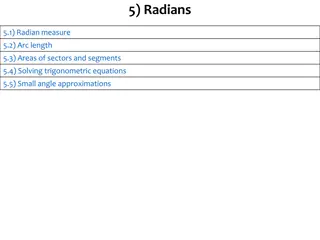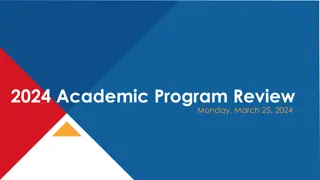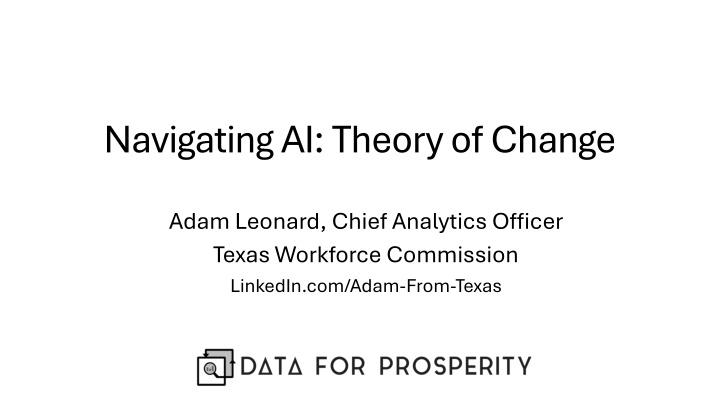
AI Transformation in Labor Market and Implications for Jobs
Explore the impact of AI on jobs, with findings showing a significant shift in tasks and skill requirements. Discover how AI is reshaping the labor market, leading to changes in job roles and the need for lifelong learning to adapt to the evolving landscape.
Download Presentation

Please find below an Image/Link to download the presentation.
The content on the website is provided AS IS for your information and personal use only. It may not be sold, licensed, or shared on other websites without obtaining consent from the author. If you encounter any issues during the download, it is possible that the publisher has removed the file from their server.
You are allowed to download the files provided on this website for personal or commercial use, subject to the condition that they are used lawfully. All files are the property of their respective owners.
The content on the website is provided AS IS for your information and personal use only. It may not be sold, licensed, or shared on other websites without obtaining consent from the author.
E N D
Presentation Transcript
Navigating AI: Theory of Change Adam Leonard, Chief Analytics Officer Texas Workforce Commission LinkedIn.com/Adam-From-Texas
AIs Transformation of the Labor Market AI is likely going to change more jobs than any force in history Salesforce found 75% of GenAI users already use it for work Boston Consulting Group found those using GPT-4 Complete 12.2% more tasks, 25.1% more quickly, at 40% higher quality Lower Performers had greatest gains Stanford/MIT study showed Tech Support Workers using AI Tools Resolved 14% more issues per hour (35% for Novice Workers) LinkedIn found 25% of members have seen Core Skills of jobs change since 2015 and GenAI estimated to increase that to 65% by 2030 84% of members are in occupations where 25%+ of tasks can use GenAI
Net Positive <> No Problems General Consensus is Change in Jobs will be Net Positive or Zero? Doesn t mean we won t have impacted Workers Doesn t mean Employers will have all the Jobs they need filled Nov 2023 Survey found 44% expected AI-related Layoffs IBM expects 30% of HR/non-customer facing Roles to be replaced in a 5 year period (7800) Many Tech Employers laying off tens of thousands of workers even as they invest more in developing AI Too much Improvement in Productivity in a Short Period is too Hard to Absorb
Implications Innovation Breaks the Shackles of Scarcity AI s ability to improve the Productivity & Quality of will reduce the value of Expertise The half-life of education/training will continue to fall Life-long learning will become essential to Self- Sufficiency & Economic Mobility
Traditional Education Work Feedback Loop Primarily SLDS: Longitudinal Employment/Earnings Outcomes Huge lag in Traditional Feedback Loop: 1-5 years measurement period + 1-4 years to change a program LM Demand will change faster than the LM Supply Pipeline can change using that Feedback Loop We need a shorter Feedback Loop
Solution is Shift to a Skills Based Ecosystem First Signals of Change are not found in Employment & Earnings Levels First Signals of Change are found in SKILLS on Job Postings Not in Occupational Titles and Credentials Skills focus also Critical to helping existing Workers transition to new jobs & Employer find new Workers LinkedIn found 75% of their Postings Required a 4 Year Degree This locks out 79% of Rural, 79% of Hispanic, & 72% of Black Workers Matching Based on Skills increases Qualified Substantially (11-56%) Increased qualified women applicants in historically under-represented fields by 26% Qualified Applicant Pools
Building a Skills-Based Ecosystem Job Posting Data provides a near-time signal of changes in Employer Demand That data will reveal shift the mix of Skills in demand & emergence of new ones Solution: AI identifies changing demand for and emerging Skills in Postings Adoption of Skills Taxonomies that package this information which is communicated to Education & Training Providers Courses change in Months instead of Programs/Credentials in Years Programs/Credentials need to be mapped to Skills Students need to understand & communicate the Skills they are gaining Skills-Focused Labor Market will promote Resiliency & Mobility as jobs change at speed and in volume never before seen
NLx Pilot & Other Efforts TWC is working with GWU to extract skills data from NLx Longitudinal Skills Data will be used to generate Tools that Track changes over time Identify emerging Skills Create projections of skills demand There are other efforts to develop new, high value datasets Credential Engine wants to map Skills to Credentials using Job Postings Several States are working on enriching wage data with Skills Data
NLx Pilot Basic Workflow Analysis Analysis Perform analytical modelling on extracted skills and produce actionable results. 3. Skills Extraction Skills Extraction Isolate and classify key tokens from job description into skills. 2. Pull from datahub and perform preprocessing on the raw data set. 1.
Skills Extraction Parse through unstructured freeform text in the NLx description description column. NLx job job Apply open-source Python libraries designed for natural language processing (NLP) language processing (NLP) tasks. natural Nesta s Skills Extractor Library uses NLP via named named- -entity recognition (NER). recognition (NER). entity Source: Source: https://www.nesta.org.uk/data-visualisation-and-interactive/skills-extractor-tool/
Changes in Skills demanded for Data Science Texas Workforce Commission Texas Workforce Commission | Information Innovation & Insight Data source: Data source: National Labor Exchange Research Hub
What would you teach? Texas Workforce Commission Texas Workforce Commission | Information Innovation & Insight Data source: Data source: National Labor Exchange Research Hub
Career Ladders may provide Predictive Power Posting Type Posting Type Skill Skill June 2016 June 2016 June 2023 June 2023 Data Python 8.7% 27.8% Data SAS 5% Not in Top 20 Data Scientist Python 60% 71% Data Scientist SAS 55% 15%



